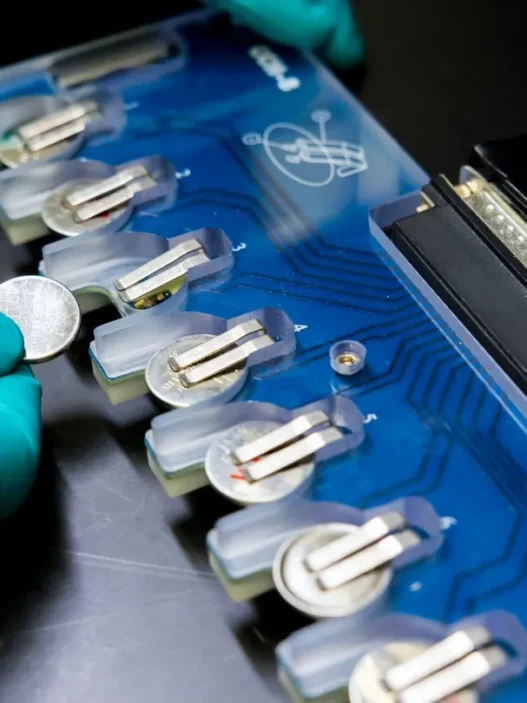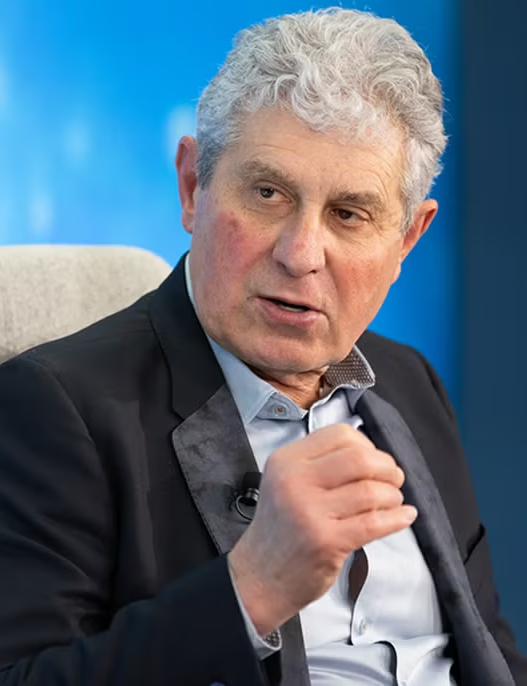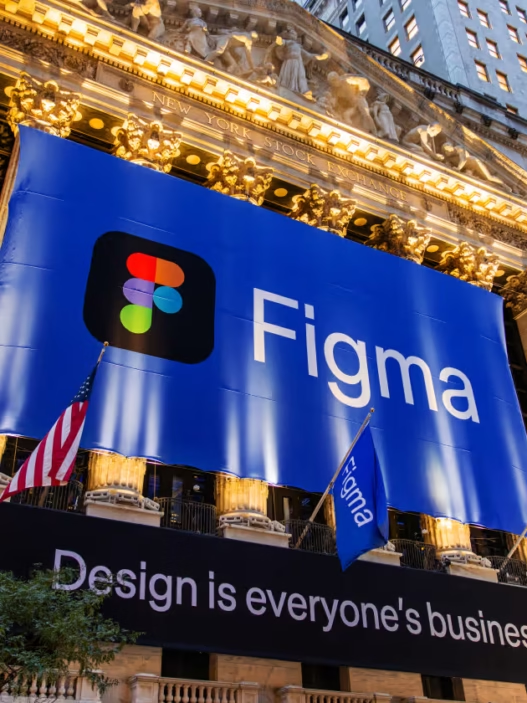As Asia becomes the epicenter of global digital payments, Visa is accelerating its push into AI-driven payments, blockchain infrastructure, and stablecoin settlement—an aggressive strategy aimed at keeping the world’s largest card network at the forefront of financial innovation amid fierce competition from regional players, fintech disruptors, and the fast-evolving Web3 ecosystem.
In a region where super apps, QR code systems, and digital wallets have already eroded the dominance of traditional card payments, Visa’s pivot signals a profound shift: rather than resisting change, the company is embracing the technologies poised to define the next decade of commerce.
From Singapore to India, Japan to Indonesia, the company is integrating AI at every layer of its network, experimenting with USDC-based cross-border settlements, and partnering with governments and fintechs to build the next wave of secure, real-time digital payment systems.
Visa’s message is clear—the future of payments is here, and it will be built on artificial intelligence and programmable money.
Asia: The Digital Payments Proving Ground
Asia is home to the most advanced and diverse payments landscape in the world:
- China leads in mobile and QR payments through Alipay and WeChat Pay.
- India revolutionized real-time payments with UPI, processing more than 12 billion monthly transactions.
- Southeast Asia boasts super-app ecosystems anchored by Grab, Gojek, and Sea Group.
- Japan, Korea, and Singapore are pushing digital currency pilots and fintech sandboxes.
In this environment, traditional card payments—even those from Visa—must evolve to remain competitive.
Visa sees Asia not only as a high-growth region, but as the global testbed for new technologies that will eventually scale worldwide.
AI-Enabled Payments: Visa’s New Operating System
Visa has begun deploying deep-learning AI models to optimize nearly every transaction that moves across its global network. The scale is enormous: Visa processes over 70,000 transactions per second, a volume that gives AI unprecedented training data and insights.
Where AI is transforming Visa’s Asian operations:
1. Fraud and risk detection
Visa’s new AI engines can analyze transaction data in microseconds, identifying anomalies far faster than older rule-based systems. This is crucial in Asia, where digital fraud has surged alongside mobile commerce.
2. Tokenization and identity verification
AI is increasingly used to predict suspicious token use and authenticate user identities across devices—key to securing mobile-first markets.
3. Real-time credit decisions and merchant scoring
In partnership with regional banks and fintechs, Visa is enabling AI-powered underwriting models for small merchants who lack traditional credit histories.
4. Smart routing of payments
AI determines the fastest and cheapest settlement path across multiple currencies and rails—including blockchain networks.
Visa’s AI strategy is designed not only to secure payments, but to make transactions faster, cheaper, and more reliablein a region where real-time digital commerce is exploding.
Visa’s Push Into Stablecoins: A Quiet Transformation
One of Visa’s most significant moves—often overlooked in mainstream coverage—is its embrace of stablecoin settlements, particularly through USDC and partnerships with blockchain networks including:
- Solana
- Ethereum
- Stellar (in early pilots)
This represents a revolutionary shift from traditional card settlement, which typically takes days and relies on legacy banking rails.
Why stablecoins matter in Asia:
- Cross-border transfers are costly and slow.
- Millions of migrant workers send remittances across borders monthly.
- SMEs need cheaper international settlement options.
- Web3 startups require fast, programmable money.
- Consumers increasingly hold digital assets directly in their wallets.
Visa’s early pilots using USDC for cross-border settlements have shown:
- Instant settlement instead of multi-day SWIFT transfers
- Lower transaction costs
- Greater transparency
- Programmability for automated workflows
This is not crypto speculation—it’s infrastructure modernization.
Visa is positioning itself as the bridge between traditional finance and the blockchain economy.
Asia’s Governments Are Opening the Door
Visa’s timing is intentional. Across Asia, policymakers are embracing digital currencies, real-time payment rails, and blockchain experimentation:
- Singapore is a global leader in CBDC and tokenized assets.
- Hong Kong launched its e-HKD pilot.
- Japan legalized stablecoin frameworks in 2023.
- India is scaling its digital rupee and exporting UPI globally.
- Korea is testing wholesale CBDCs on private blockchains.
- UAE, Thailand, and China are exploring cross-border CBDC corridors.
Visa’s strategy matches these developments by offering technology that can plug into both public and private digital currency infrastructures.
Beating the Competition: The Battle for Asia’s Payment Rails
Visa faces intense competition across the region:
1. Big Tech (Apple, Google, Alibaba, Tencent)
Super apps already dominate in China and Southeast Asia. Their control over consumer interfaces is a direct competitive threat.
2. Domestic payment systems (UPI, PromptPay, DuitNow, PayNow)
These real-time rails process transactions at near-zero cost—undercutting traditional card fees.
3. Crypto-native payment networks (Circle, Stripe Crypto, Binance Pay)
These platforms are offering faster and cheaper cross-border solutions.
4. Local card schemes (JCB, RuPay, UnionPay)
Governments increasingly promote domestic rails for sovereignty and data control.
Visa cannot rely on card transactions alone. Its strategy is to evolve into:
- A multi-rail payment network
- A settlement engine for digital currencies
- A security and identity layer for real-time payments
- A global AI risk infrastructure
This is how Visa aims to stay relevant in Asia’s future financial architecture.
Strategic Partnerships: Visa Is Embedding Itself in Asian Fintech
Visa has been aggressively forming partnerships across Asia’s fintech ecosystem:
- With Circle to expand USDC settlement.
- With GCash, GrabPay, and Paytm to embed card rails into super apps.
- With Singapore and Japan regulators to test stablecoin compliance frameworks.
- With Korean and Indonesian banks to roll out AI-powered fraud systems.
- With crypto exchanges to build on/off ramps for Web3 payments.
These partnerships allow Visa to function not simply as a card network—but as the backbone infrastructure of digital money in Asia.
Where This Is All Going: Visa’s Asia Vision
Visa’s long-term strategy in Asia is built on three pillars:
1. AI as the brain of the network
Every payment routed, scored, approved, or denied through intelligent decisioning.
2. Stablecoins as a new settlement rail
Cheaper, faster, programmable settlement across borders.
3. Multi-rail integration
UPI, QR codes, CBDCs, blockchain payments, card payments—all seamlessly interoperable.
This reflects a broader truth:
The future of payments is not one rail, but many interconnected rails.
Visa wants to run them all.
Conclusion: Visa Is Reinventing Itself for the Asian Century
Asia is now the world’s most important battlefield for digital payments innovation. Whoever leads here will lead globally.
Visa’s proactive embrace of AI and stablecoins shows that it recognizes the stakes:
- The next major leap in payments will not come from plastic cards.
- It will come from intelligent networks.
- From real-time cross-border rails.
- From programmable blockchain systems.
- From digitally verified identity.
- And from a new financial infrastructure built on AI.
Visa wants to be the central nervous system of that world.
If the company succeeds in Asia, it won’t just stay ahead of the game—it will define the future of global payments.




















